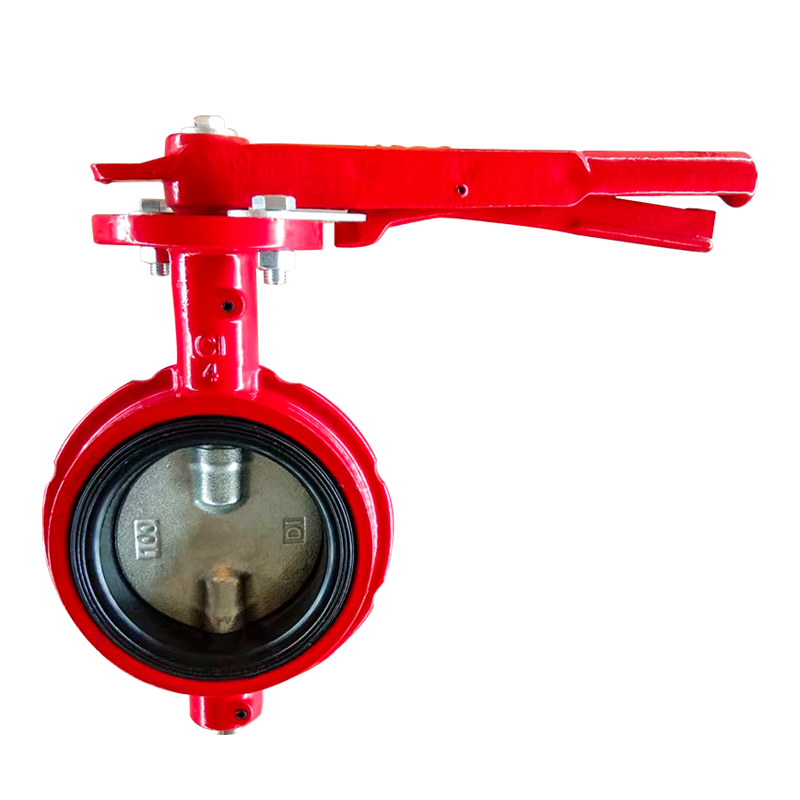
- Call Us
- +8618633052223
- njhdvlz@163.com
Aug . 13, 2024 12:36 Back to list
Exploring Competitive Pricing Trends Among Global Check Valve Exporters in the Market
Understanding the Price Dynamics of Check Valve Exports
Check valves, also known as non-return valves, play a critical role in various industries by ensuring the backward flow of fluids is prevented. These valves are essential components in piping systems, and their demand has witnessed substantial growth as industries expand globally. The price of check valves is influenced by multiple factors, particularly when it comes to exporting. This article delves into the various elements that impact check valve prices for exporters.
Market Demand and Supply Dynamics
The primary factor affecting the price of check valves is the balance between supply and demand. With increasing industrialization, particularly in developing countries, the demand for check valves is on the rise. Industries such as oil and gas, water treatment, and power generation heavily rely on these valves for operational efficiency. On the supply side, the availability of raw materials, manufacturing capabilities, and technological advancements can affect production levels, subsequently influencing prices.
Material Costs
Check valves can be fabricated from various materials, including stainless steel, cast iron, and PVC. The price of these raw materials fluctuates based on market conditions. For instance, the cost of stainless steel has been particularly volatile in recent years due to global supply chain disruptions and changes in trade policies. Exporters must keep a close eye on these trends as fluctuations in material costs can significantly impact their pricing strategies in international markets.
Manufacturing Processes and Technology
The manufacturing process of check valves also influences their pricing. Advanced manufacturing techniques, such as CNC machining and 3D printing, can enhance precision but may also increase production costs. Additionally, labor costs vary significantly across different countries, affecting the overall expense of producing check valves. Exporters often seek to leverage lower manufacturing costs by setting up production in countries with cheaper labor, but they must balance this against potential quality control issues.
check valve price exporters

Export Regulations and Tariffs
Regulatory factors, including export tariffs and trade agreements, play a key role in determining the price of check valves. Countries may impose tariffs on imported goods to protect domestic industries, directly impacting the selling price of exported goods. Furthermore, compliance with international standards and certifications can add to the cost incurred by exporters, who may need to invest in processes to ensure their products meet foreign market requirements.
Competition in the Export Market
The global market for check valves is competitive, with numerous manufacturers vying for market share. Exporters must remain vigilant regarding pricing strategies, which may involve competitive pricing, promotional offers, or value-added services. Understanding competitors’ pricing strategies plays a crucial role in determining how exporters position their products in the market, which can subsequently impact their pricing models.
Economic Factors
Global economic conditions, including inflation rates, currency exchange rates, and economic growth rates, also influence export pricing. For instance, currency depreciation can make exports cheaper for foreign buyers, potentially increasing demand. Conversely, economic instability in key markets can lead to reduced orders, affecting prices as exporters may lower their prices to maintain sales volumes.
Conclusion
Export pricing for check valves is a multifaceted issue governed by a range of elements, including market demand, material costs, manufacturing processes, regulatory frameworks, competition, and economic conditions. Exporters must navigate these dynamics carefully to optimize their pricing strategies and maintain a foothold in a competitive market. As industries grow and evolve, understanding the underlying factors influencing check valve prices will be crucial for exporters aiming for sustained growth and success in international markets.
-
Stainless Steel Sanitary Butterfly Valve for Hygienic Flow Control
NewsJul.30,2025
-
High-Performance Groove Butterfly Valve for Easy Installation
NewsJul.30,2025
-
High-Quality 2 Inch Butterfly Valve for Precise Flow Control
NewsJul.29,2025
-
Double Flanged Short Pattern Butterfly Valve for Reliable Flow Control
NewsJul.29,2025
-
High Quality Wafer Check Valve Factories – Reliable Manufacturer & Supplier
NewsJul.29,2025
-
Stainless Steel Sanitary Butterfly Valve for Hygienic Applications
NewsJul.28,2025